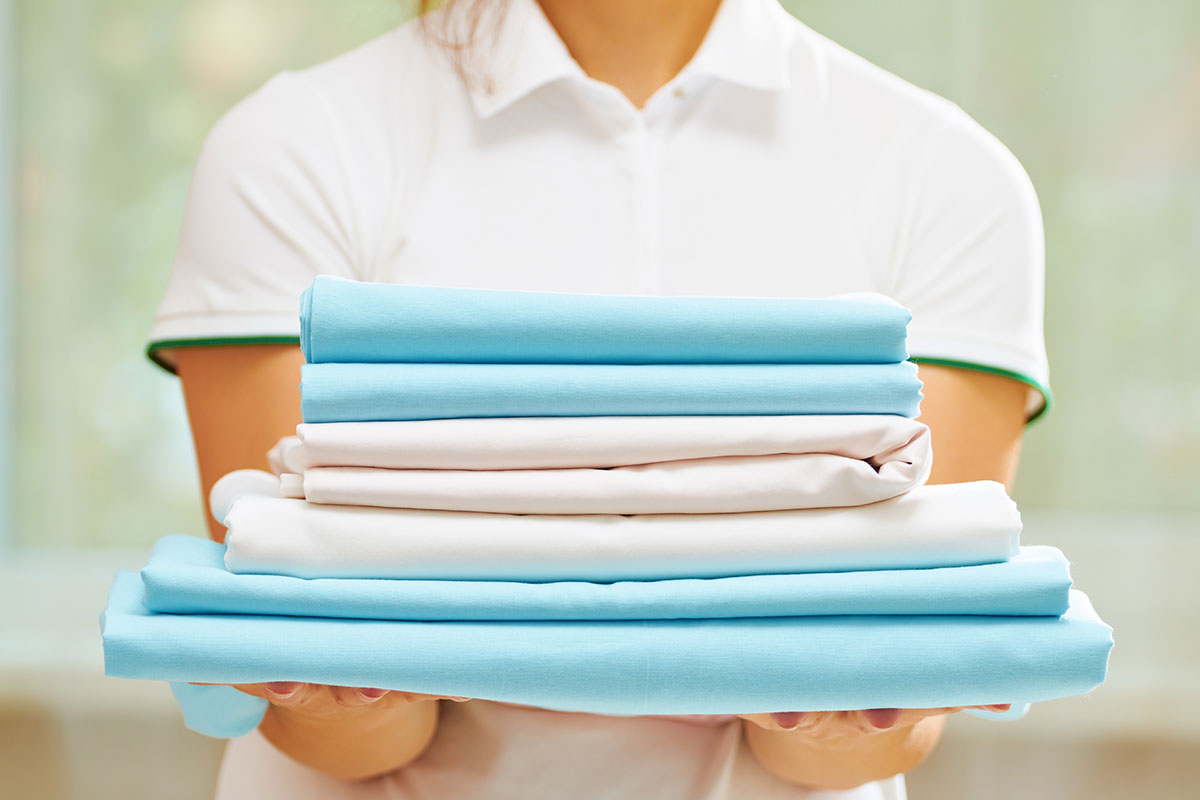How to Buy the Perfect Bed Sheets
Mattresses are expensive. Bed sheets protect them. But, they’re also the one critical component that can mean the difference between you getting a full night of restful sleep, or tossing and turning all night long because of a lack of temperature control.
The lingo manufacturers use to lure you into purchasing their brand of bed sheets is baffling. You’ll encounter words you never even knew were in your language, let alone part of the bedding industry…
Percale, jacquards, sateen, bamboo, cotton, linens, flannels, and then there’s the fitted or flat sheet options.
Start with the Simple Stuff First: Fitted or Flat
Fitted sheets have elasticated corners, flat sheets don’t. But bed sheets can be layered, in which case the flat sheets can become the top sheets that you sleep on while the fitted sheet is mainly the mattress protector.
Top sheets can be beneficial at providing an increased level of comfort, unless you have an unsuitable type of fabric, low thread count, or generally low-quality bed sheet.
How to Be Sure You’re Buying the Ideal Bed Sheets for a Good Night’s Rest
Know the Fabrics
On the label (or product descriptions if you’re shopping online), the type of fabric will be listed. The most common fabrics for bed sheets are:
Cotton
100% cotton is ideal for everyday use as those are the most durable. Labels that have the term “cotton-rich” mean the fabric is more than 50% cotton. The rest will be polyester.
Polyester isn’t always a bad thing. It’s more durable than cotton but it’s less breathable.
Premium cottons include Egyptian Cotton and Pima Cotton. These have longer cotton fibers giving them a softer feel.
Pima cotton is mostly grown in South America, primarily Peru, whereas Egyptian cotton is mainly grown in Egypt. Supima cotton isn’t a cotton at all, but a brand name used in marketing to let you know that the cotton is grown in the US.
Satin
Satin is softer and doesn’t retain moisture, nor will it absorb any skin creams you apply before bed. There are two distinct advantages to silk sheets. The first is for a cooler fabric for summer bedding, and the second more important reason to consider satin sheets is that it’s favored for allergy sufferers because there’s less room for dust particles and dust mites.
Flannels
Flannel is a soft-cotton that’s brushed to give them the material a little fluffiness. That’s good for chills because it means more air can be trapped between the fibers. Since air traps heat, flannels are warmer. Great for winter, terrible for scorching hot and humid summer nights.
Bamboo
Bamboo sheets have a similar feel to cotton. As bamboo grows faster, it is more sustainable than cotton plants. The manufacturing process determines the type of bamboo sheet that’s made. Most are either 100% Rayon or Viscose, and the more environmentally friendly option is Lyocell Bamboo that uses less chemicals in the manufacturing processing.
Linen
Linen sheets are made from the fibers of a flax plant. Pure linen is, as it sounds, the all-natural option. Linen is heavier than cotton so it is warmer and stronger making them longer-lasting than cotton sheets.
Which Bed Sheets are Right for You?
Among the different types of fabrics, most are comfort choices, other than for allergy sufferers, in which case, the most appropriate materials are either satin or pure linen.
What about the Weaves and Thread Counts?
The only other thing you have to decide on is the type of weave. Sateen and percale are the most popular weave types. A percale weave is a tighter weave that produces a crisp feeling texture that’s light-weight and the most breathable. A sateen weave is heavier; thus, it produces a warmer, heavier bed sheet that retains more body heat. Percale woven sheets are ideal for summer bedding and sateen for the winter.
Of course, if you’re a night-sweater, you may want to have the cooler percale weave on a cotton bedsheet to give you the moisture wicking capabilities of cotton, and with a percale weave to keep the fabric lightweight and cool.
The most important factors for choosing your perfect bed sheets are the fabric and the weave. Thread count has nothing do with it so don’t be mislead by brands claiming a 1,000 thread count, because chances are, it’s a 500 thread-count on a two-ply sheet that makes no difference to the quality of fabric and finish.

